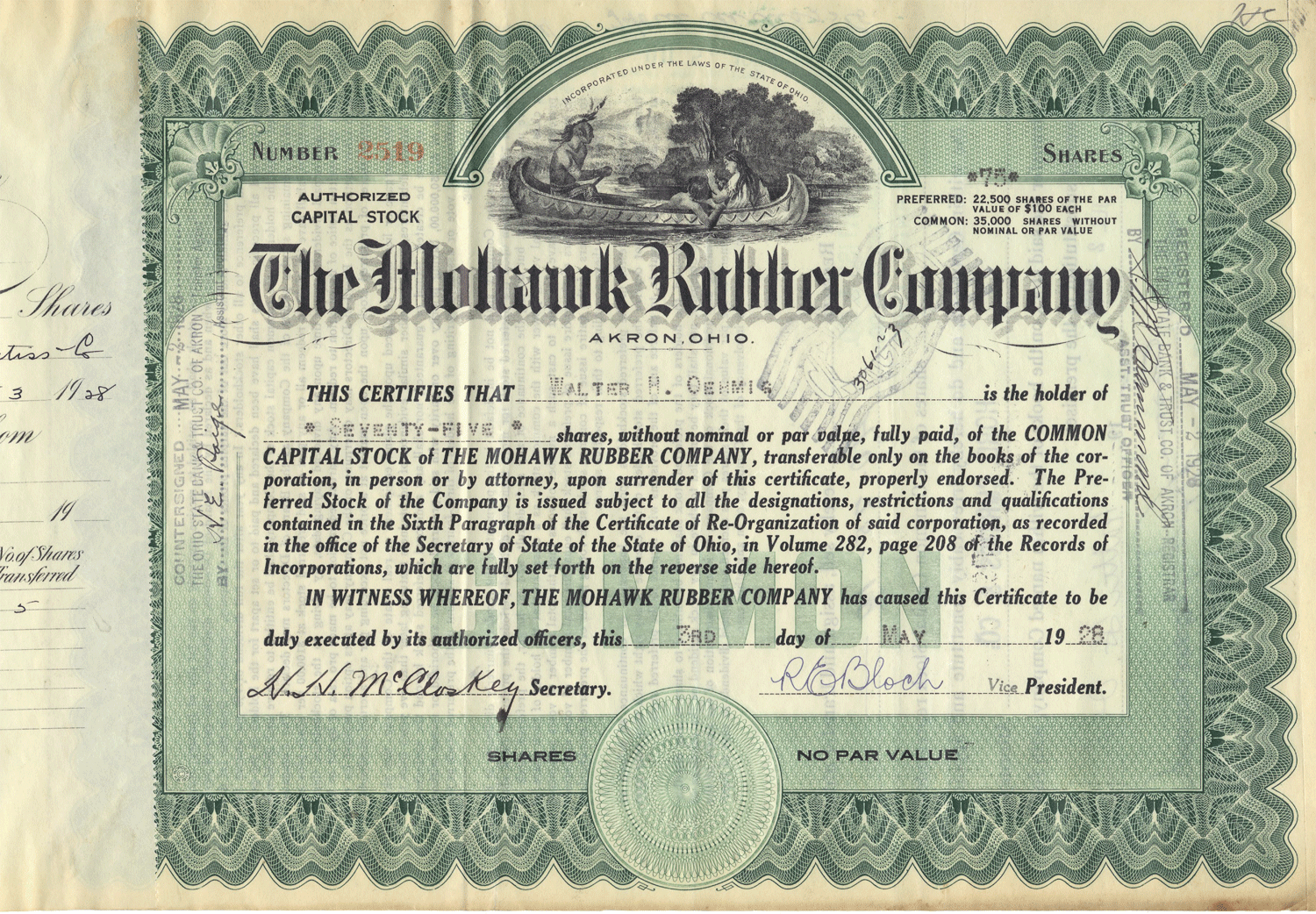
Rio Grande Southern Railroad Company
- Guaranteed authentic document
- Orders over $50 ship FREE to U. S. addresses
Product Details
Company
Rio Grande Southern Railroad Company
Certificate Type
Capital Stock
Date Issued
July 31, 1896
Canceled
Yes
Printer
Homer Lee Bank Note Company
Signatures
Hand signed
Approximate Size
10 3/4" (w) by 7 1/4" (h)
Images
Show the exact certificate you will receive
Guaranteed Authentic
Yes
Additional Details
NA
Historical Context
The Denver and Rio Grande Railroad (D&RG) had built branch lines to the mining towns of Silverton and Ouray, but the San Juan Mountains between Ouray and Silverton were too formidable to allow the building of a railroad directly connecting the two towns. The Silverton Railroad, built north from Silverton, had reached within 8 miles of Ouray, but the remaining stretch through the Uncompahgre Gorge was considered too difficult. A cog railway was briefly considered but was never built.
The Rio Grande Southern (RGS) was founded in 1889 by Otto Mears, and construction began in 1890 from Ridgway (north of Ouray) and Durango (south of Silverton) to go around the most rugged part of the San Juan Mountains and also reach the mining towns of Rico and Telluride. The line was completed only a little time before the Silver Panic of 1893 which resulted in most of the mines closing overnight and the railroad losing most of its traffic. The railroad struggled to survive through the Great Depression, and on March 21, 1953, the last train ran on the RGS. The RGS filed with the Interstate Commerce Commission for abandonment on 24 April 1952.
As the Rio Grande Southern was never a wealthy railroad, its locomotives were all second (or more) hand, mostly from the Denver and Rio Grande/Denver and Rio Grande Western, which owned the RGS during most of its history. Most of the locomotives that came to the road were old and heavily worn, some having been pulled from the scrap line and pressed into RGS service. The road only had one car built new for itself. In later years, most of its freight cars were retired cars from the abandoned Colorado and Southern 3 ft narrow gauge system.
A famed aspect of the RGS was its fleet of Galloping Geese. During the Great Depression it became increasingly expensive to operate trains over the mountain railroad. The RGS devised a rail car from an automobile or bus front end and a box car rear end. Seven Geese were built for the RGS, and all but one survive today. A Goose was built by RGS for the San Cristobal Railroad in 1933. It was returned to the RGS in 1939 and dismantled, with parts going to rebuild Goose #2. The Goose at Knott's Berry Farm still operates in the function it was designed for—to run a cost-effective rail service on days when demand does not require full-size trains (mostly weekdays during Fall, Winter and Spring in this year-round theme park). All six original Geese and the reproduction No. 1 are operational. The last non-operational Goose, No. 4, was restored to operation in August 2011 by the volunteers of the Ridgway Railroad Museum and the Telluride fire department.
Related Collections
Additional Information
Certificates carry no value on any of today's financial indexes and no transfer of ownership is implied. All items offered are collectible in nature only. So, you can frame them, but you can't cash them in!
All of our pieces are original - we do not sell reproductions. If you ever find out that one of our pieces is not authentic, you may return it for a full refund of the purchase price and any associated shipping charges.





